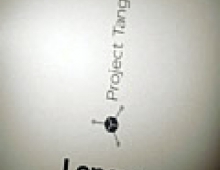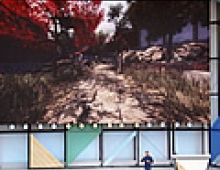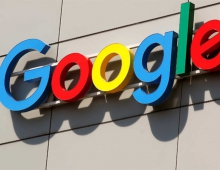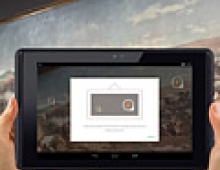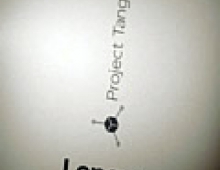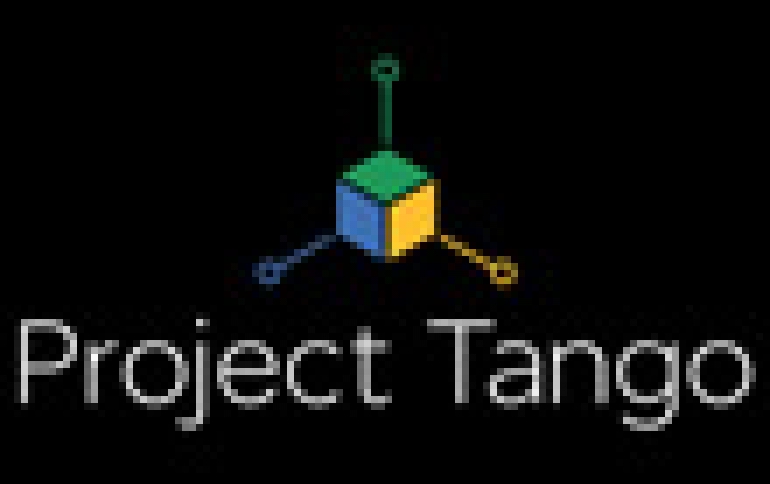
Google Announces 'Project Tango' 3D Smartphone Platform
Google on Thursday announced a new research project aimed at bringing 3D technology to smartphones, for potential
applications such as indoor mapping and gaming.
According to Google's Project Tango team, the goal of Project
Tango is to give mobile devices a human-scale understanding of
space and motion.
"We are physical beings that live in a 3D world. Yet, our mobile devices assume that physical world ends at the boundaries of the screen," said Project leader Johnny Lee.
"What if you could capture the dimensions of your home simply by walking around with your phone before you went furniture shopping?" Google said on its Project Tango web page.
"What if directions to a new location didn?t stop at the street address? What if you never again found yourself lost in a new building? What if the visually impaired could navigate unassisted in unfamiliar indoor places? What if you could search for a product and see where the exact shelf is located in a super-store?"
Over the past year, the Project Tango team has been working with universities, research labs, and industrial partners spanning nine countries around the world to harvest research from the last decade of work in robotics and computer vision, concentrating that technology into a unique mobile phone.
Now, Google is ready to put early prototypes into the hands of developers and let them write new applications.
Google first prototype is a 5" phone containing customized hardware and software designed to track the full 3D motion of the device, while simultaneously creating a map of the environment. These sensors allow the phone to make over a quarter million 3D measurements every second, updating it?s position and orientation in real-time, combining that data into a single 3D model of the space around you.
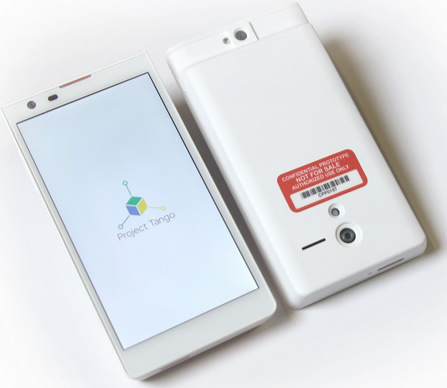
It runs Android and includes development APIs to provide position, orientation, and depth data to standard Android applications written in Java, C/C++, as well as the Unity Game Engine.
The technology could be used for "playing hide-and-seek in your house with your favorite game character, or transforming the hallways into a tree-lined path."
Partners in the project include California-based Movidius, which makes vision-processor technology for mobile and portable devices and will provide the processor platform.
Movidius said in a statement the goal was "to mirror human vision with a newfound level of depth, clarity and realism on mobile and portable connected devices."
"Google has paved the future direction for smart mobile vision systems and we?re excited to be working with a company that shares our vision to usher in the next wave of applications that fundamentally alter how a mobile device is used to experience the world around us," said Remi El-Ouazzane, chief executive of Movidius.
"We are physical beings that live in a 3D world. Yet, our mobile devices assume that physical world ends at the boundaries of the screen," said Project leader Johnny Lee.
"What if you could capture the dimensions of your home simply by walking around with your phone before you went furniture shopping?" Google said on its Project Tango web page.
"What if directions to a new location didn?t stop at the street address? What if you never again found yourself lost in a new building? What if the visually impaired could navigate unassisted in unfamiliar indoor places? What if you could search for a product and see where the exact shelf is located in a super-store?"
Over the past year, the Project Tango team has been working with universities, research labs, and industrial partners spanning nine countries around the world to harvest research from the last decade of work in robotics and computer vision, concentrating that technology into a unique mobile phone.
Now, Google is ready to put early prototypes into the hands of developers and let them write new applications.
Google first prototype is a 5" phone containing customized hardware and software designed to track the full 3D motion of the device, while simultaneously creating a map of the environment. These sensors allow the phone to make over a quarter million 3D measurements every second, updating it?s position and orientation in real-time, combining that data into a single 3D model of the space around you.

It runs Android and includes development APIs to provide position, orientation, and depth data to standard Android applications written in Java, C/C++, as well as the Unity Game Engine.
The technology could be used for "playing hide-and-seek in your house with your favorite game character, or transforming the hallways into a tree-lined path."
Partners in the project include California-based Movidius, which makes vision-processor technology for mobile and portable devices and will provide the processor platform.
Movidius said in a statement the goal was "to mirror human vision with a newfound level of depth, clarity and realism on mobile and portable connected devices."
"Google has paved the future direction for smart mobile vision systems and we?re excited to be working with a company that shares our vision to usher in the next wave of applications that fundamentally alter how a mobile device is used to experience the world around us," said Remi El-Ouazzane, chief executive of Movidius.

